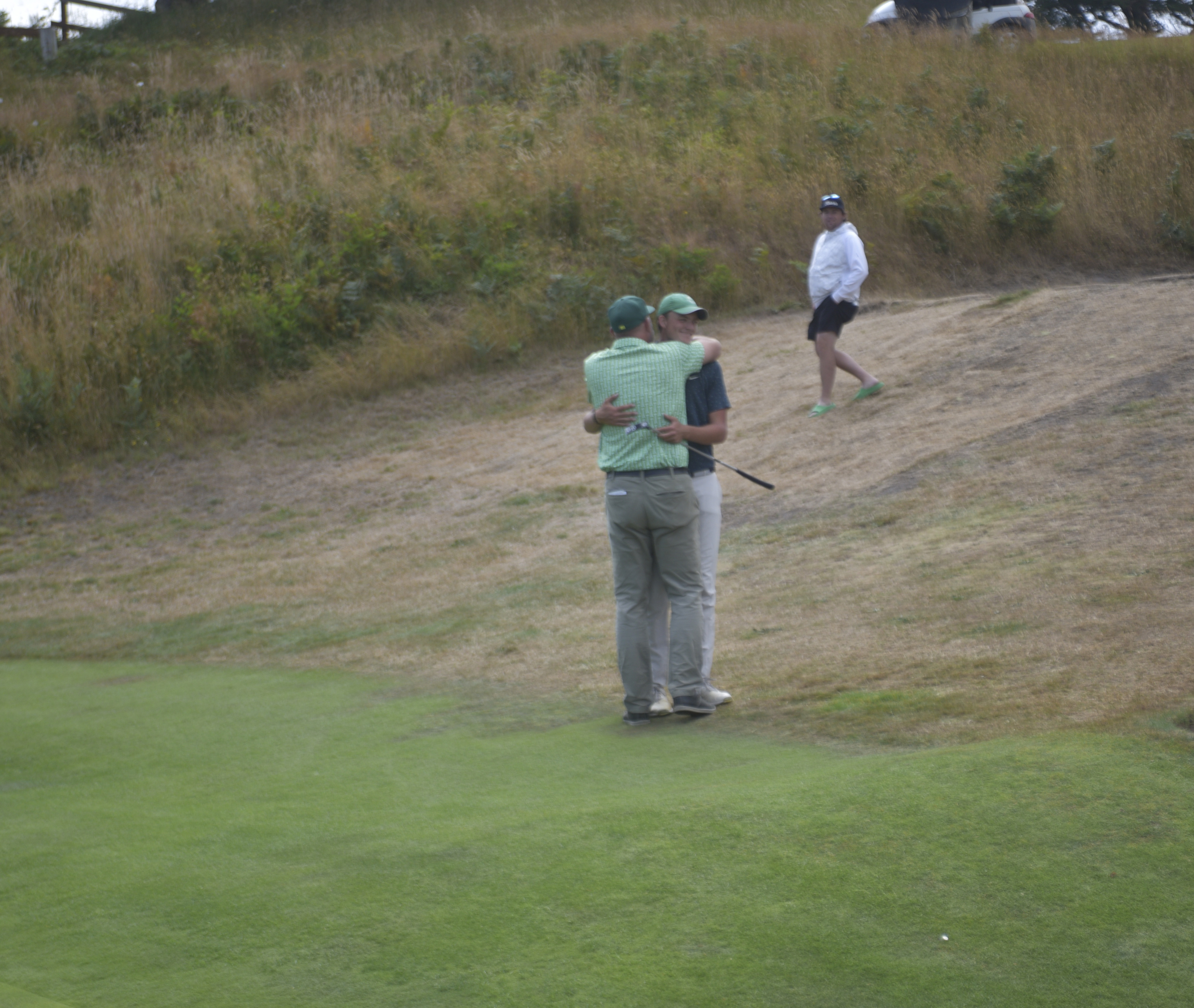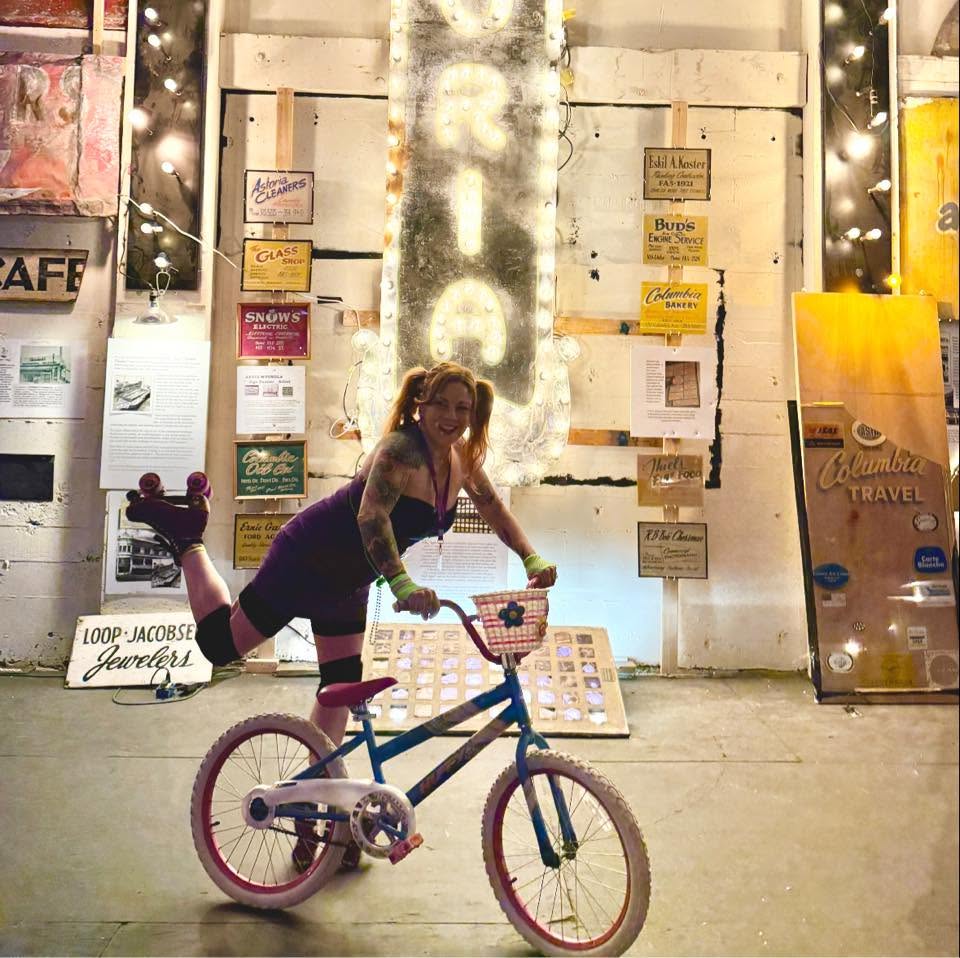On the Upper Klamath River, waves hammer you in the face like an uppercut
Published 5:00 pm Wednesday, August 3, 2005
The only problem with rafting the Upper Klamath River is that it completely spoils you.
Trending
Recently a group of 30 students, three chaperones and I took a guided trip down the Upper Klamath during our annual end-of-the-year visit to the Oregon Shakespeare Festival in Ashland.
The guides from Noah’s picked us up at Ashland Middle School where we’d spent the night on the luxurious gym floor.
We drove out of town on Highway 66, the road that connects Ashland and Klamath Falls. Quite a climb. There are several places where you look down on the river below and have the feeling you’re looking through the window of an airplane.
Trending
The road off Highway 66 that takes you down to the put-in spot is pretty rugged. I was glad they were doing the driving. The entire trip, from start to finish, was basically a big circle. Highway 66 runs essentially east out of Ashland.
Our stretch of the Klamath flowed north-south at first and then turned west just before it crossed the California border. When we got out, we drove down river to where the road intersected I-5 and then we headed north. When we returned to Ashland, we had made a big circle around the rugged chunk of land that includes Pilot Rock.
When we got out of the vans, a young man I hadn’t seen in 15 years approached me. “Hello Mr. Mizell,” he said. It was former student Jesse Pershin who used to live in Cannon Beach. His father Larry was a friend and fellow coach years ago. “Big Larry” was one of the original members of the Beerman Creek Stringband.
Jessie, it turns out, was on summer break from his teaching job at Rogue River High School. He was part of Noah’s guide-in-training program. The guides in training paddle the food and equipment raft. Once they have all their first aid and rescue training and know the river well enough to paddle the equipment raft proficiently, they move up to transporting human cargo.
Anyway, small world.
In this particular stretch of river there are over 30 major class 3 and class 4 rapids. In fact, there’s one 7-mile stretch of continuous rapids. Hell’s Corner alone is a half-mile class 4. Waves hammer you in the face like an uppercut. I wanted to try to get some pictures while we were in the middle of the rapids, but things were always too fast and furious. All you’d see is the mist rising from the rapids down below.
You’d look ahead and hear the roar but you couldn’t see the river ahead of you. Then you’d drop into the rapids, paddle, and hang on.
The stretch we floated started just below John Boyle Reservoir which is downstream from Klamath Lake. Back in the winter when we were first planning the float trip, I wondered if there was going it to be enough water to float us at the end of the year. It looked like there was going to be a drought. As it turned out, though, spring brought quite a bit of rain and snow so there was plenty of water. In fact, while other rivers go dry, I learned, this particular stretch of the Klamath has floatable water all summer. The folks just upstream at Boyle Reservoir release water for a certain period of time each day to generate electricity at the dam there.
The section we drifted is part of the national Wild and Scenic River System. There’s a lot of wildlife. A lot of osprey and eagle nests. Deer, herons, wild turkeys.
Very few houses.
Many of the students hadn’t rafted before. And, unfortunately for them, they’re probably going to end up spoiled. Even the Deschutes near Maupin is pretty tame by comparison.
Our guide told us that as far as whitewater goes, the Upper Klamath and the lower Rogue are the best Oregon has to offer.
This is definitely a piece of river that you don’t want to do on your own. Attempting to raft this stretch without professional guides will definitely prove hazardous to your health. Noah’s has been at it for over 30 years and is really a first-rate outfitter.
A guide sat at the stern of each raft. Everyone had a paddle, but ultimately it was power steering from the stern if the boat got a little off course. They have absolutely state of the art equipment, too. Self-bailing rafts. Toe cones to help you stay in the raft. Plenty of safety equipment-life vests, helmets, wet suits. We were always quite comfortable.
In fact we were warmer on the river than we were the night before in the outdoor theater at the Shakespeare Festival.
We got rained on and not very many brought coats. We were all too busy thinking about how cold we were to think about what was going on down on the stage. I felt sorry for the actors. One of the younger ones was carrying some glasses across stage when he slipped and fell. The glasses broke on the floor. He stayed in character, but I’m certain the fall was unplanned.
By the time we finished the float, the adrenaline tank was about empty. As we were stowing gear at the take-out, one of my students suggested that we do the same trip next year only skip the play. Spend more time on the river.
I wonder what Mr. Shakespeare would have to say about that?
Mark Mizell, a teacher at Seaside High School, writes once a month for The Daily Astorian









